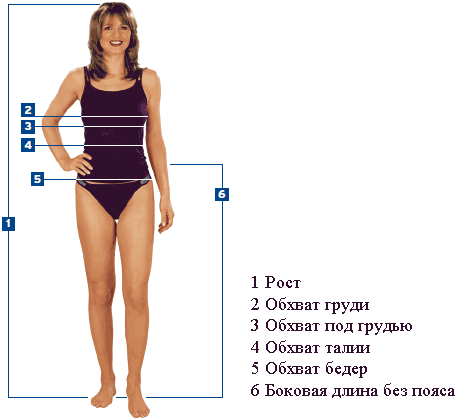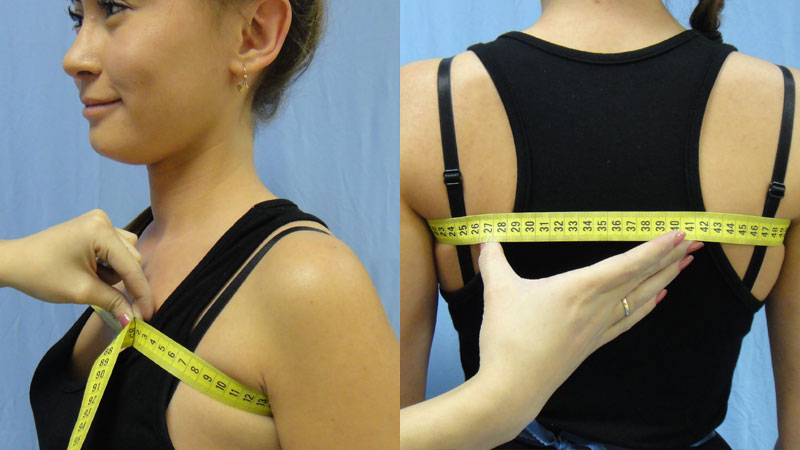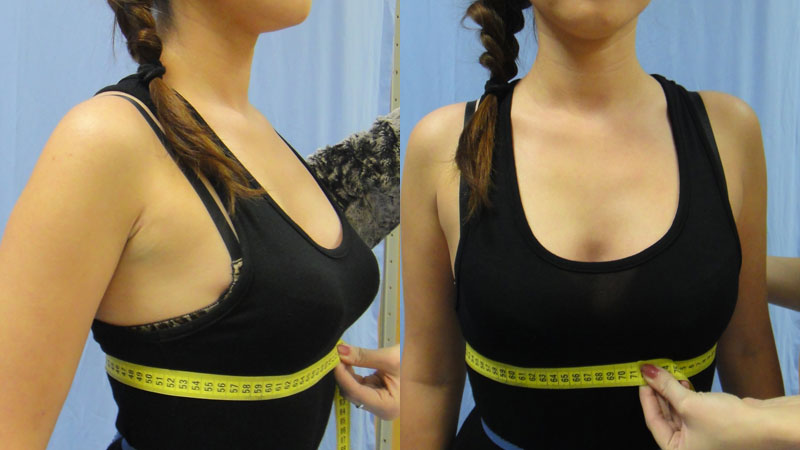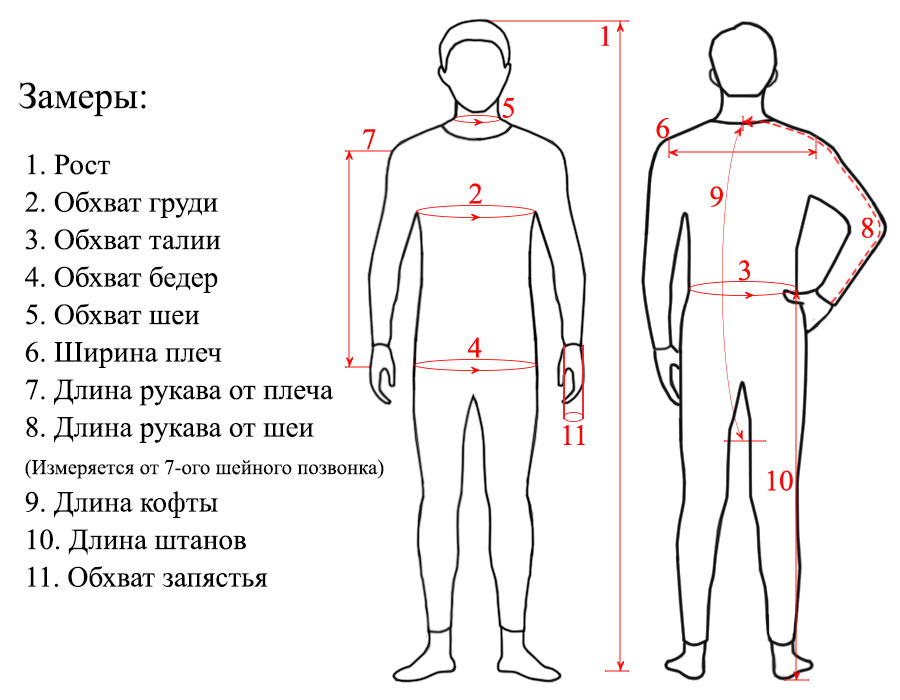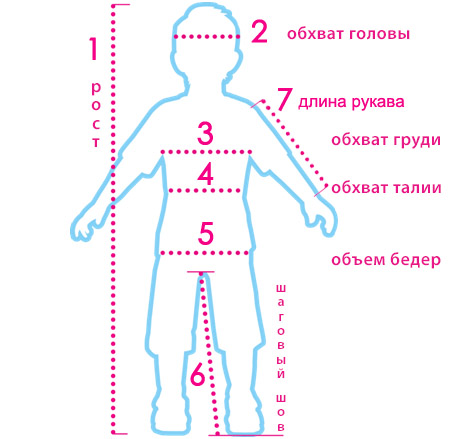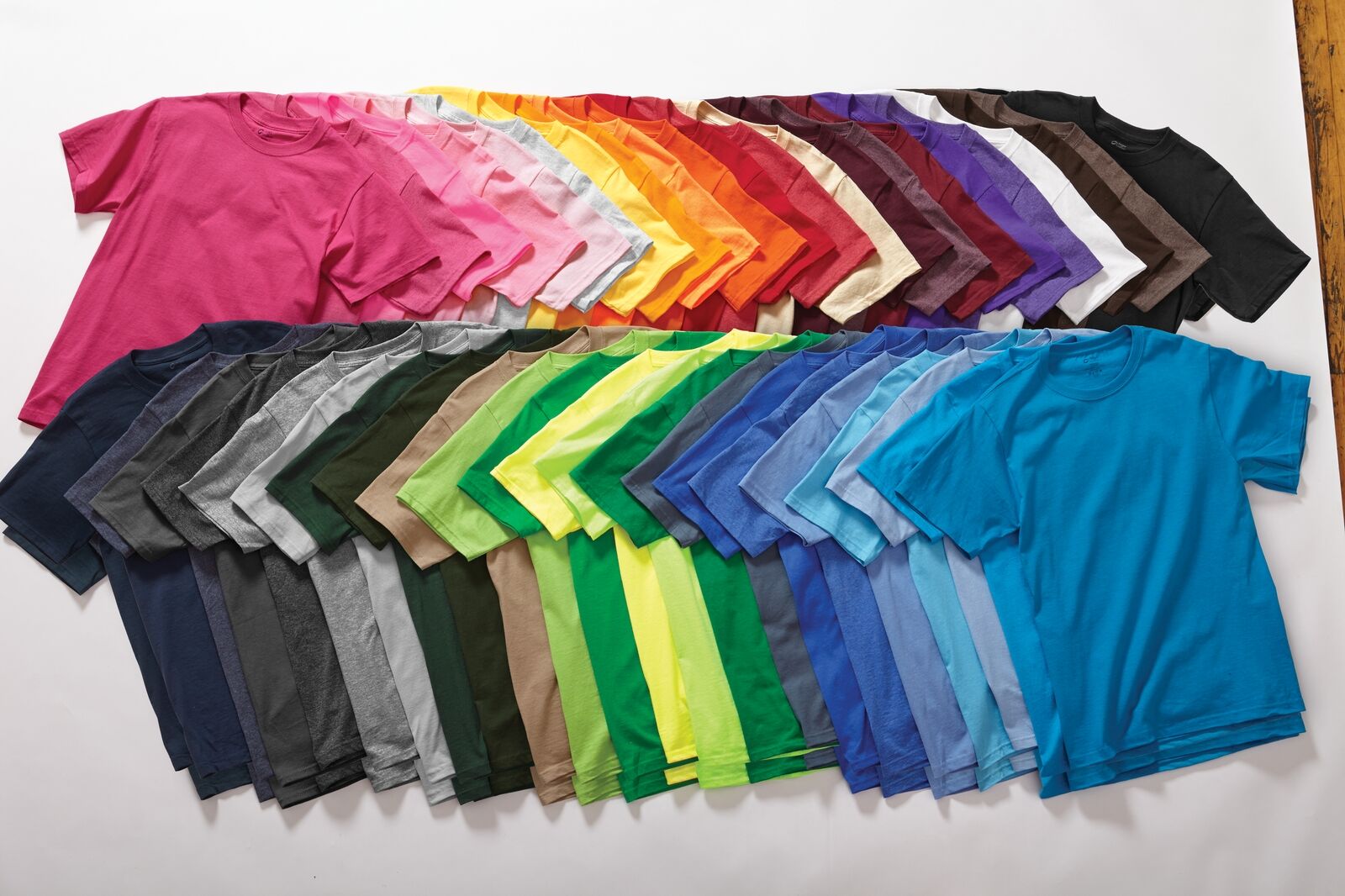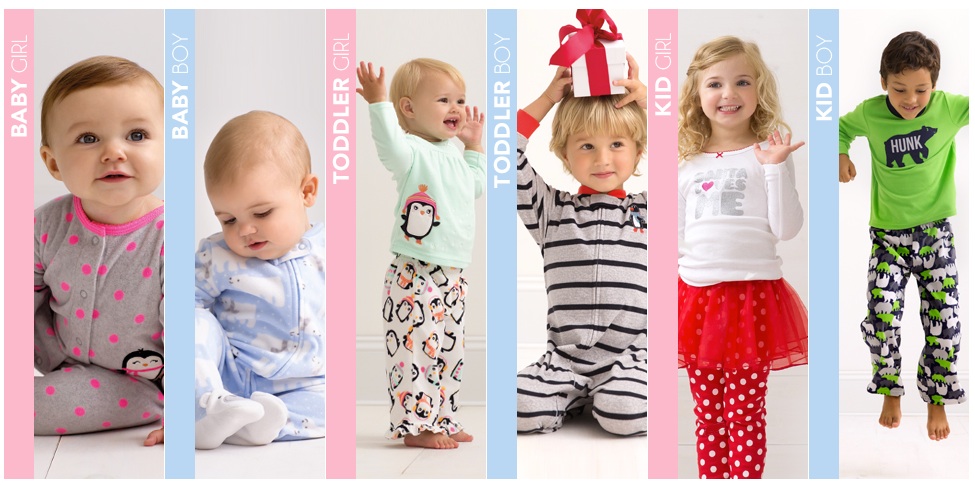When buying things from a European manufacturer, you often face the problem of choosing a size. Russian and European sizes differ in both men's and women's size charts. The same applies to children's clothing. To match European clothing sizes with Russian ones, you need to take your measurements correctly and determine your number using the table. The correspondence of these measurements will be given below, and it will also be described how to take your measurements correctly to avoid mistakes when choosing things.
Dimensions
Women's and men's sizes differ from each other, this should be taken into account when determining the size and choosing a thing. When choosing children's things, you should follow the same rules as when choosing things for adult men and women. The correspondence of Russian to European clothing sizes is given below.
Women's
The size chart for women's clothing is based on the correspondence of the volumes of the female body with the standards. If, when buying, it was not possible to find a correspondence between the standard and real volumes, you should follow the following rules:
- in skirts and dresses, you should focus on the chest and waist data, since skirts are often fuller;
- The key to choosing the right size is the chest circumference (except for trousers and skirts).
If the chest is too large or too small, this parameter may not be the main one. The table below shows the most common European sizes of women's clothing, their model circumferences. The data is given in millimeters.
Some types of fabrics are stretchy, so you can choose a thing that is exactly the same, or even a little smaller. If the clothes are made of non-stretchy materials (raincoat, cotton), you cannot choose a thing that is too tight, because after a heavy meal it may turn out to be too tight.
| Russian data | European standards | Chest girth, mm | Waist circumference, mm | Hip circumference, mm |
| 40 | XS | 800 | 650 | 900 |
| 42 | 850 | 690 | 950 | |
| 44 | M | 890 | 730 | 980 |
| 46 | 930 | 770 | 1010 | |
| 48 | L | 970 | 810 | 1040 |
| 50 | 1020 | 850 | 1080 | |
| 52 | XXL | 1070 | 900 | 1120 |
| 54 | 1130 | 950 | 1160 |
Men's
The main parameter when choosing a men's wardrobe, both in European and other size charts, is the chest width and neck circumference. Based on this parameter, you can select almost all items of men's wardrobe. The higher this indicator is for a man, the higher the number on the tag will be. Despite the waist and hip measurements, which can vary depending on a man's age, weight and build, the key factor in choosing is still the chest measurement. If a man has a thin body or is underweight, but the width of his shoulders and chest indicates a certain clothing size, then the choice of size should be based on this data.
When choosing trousers, you should start from the waist and hips. This is especially true for plump men and middle-aged and elderly men. When choosing trousers, the width of the shoulders and chest come second after the waist.
If a man has developed muscles, he will fit into a thing 1, and sometimes even 2 sizes larger than it is supposed to in accordance with his shoulder or chest circumference. The data in the table are presented in mm.
| Men's clothing sizes, number | Chest girth | Waistline circumference | Hip circumference | Neck girth | Height |
| 44 | 880 | 780 | 940 | 370 | 1700 |
| 46 | 920 | 820 | 980 | 380 | 1720 |
| 48 | 960 | 860 | 1020 | 390 | 1740 |
| 50 | 1000 | 900 | 1060 | 400 | 1760 |
| 52 | 1040 | 940 | 1100 | 410 | 1780 |
| 54 | 1080 | 980 | 1140 | 420 | 1800 |
| 56 | 1120 | 1040 | 1180 | 430 | 1820 |
Children's
The sizes of European children's clothing have numbers from 50 to 146. After that, it is considered teenage or intended for adults.
The number on a particular tag often indicates the child's maximum height. When in doubt about choosing children's clothes, you should give preference to a larger size. This is explained by the following reasons:
- children grow up quickly;
- some models are small (especially if the manufacturer is from Europe);
- children can have different builds;
- The child's figure may differ from the standards.
The table below shows the sizes of children's clothing. The order of the data in the table suggests their location from the child's birth to adolescence. All data in the table is given in millimeters (mm).
| The number indicated on the tag | Minimum height (or length) of the child for whom the item is intended | The maximum height (or length) of the child for whom the item is intended (corresponds to the number indicated on the tag) | Circumference (maximum point) along the chest line | Circumference (maximum point) at the waist line | Circumference (maximum point) along the hip line |
| 50 | 450 | 500 | 420 | 420 | 420 |
| 56 | 510 | 560 | 440 | 440 | 440 |
| 62 | 570 | 620 | 460 | 460 | 460 |
| 68 | 630 | 680 | 480 | 480 | 480 |
| 74 | 690 | 740 | 500 | 490 | 500 |
| 80 | 750 | 800 | 520 | 500 | 520 |
| 86 | 810 | 860 | 530 | 510 | 530 |
| 92 | 870 | 920 | 540 | 520 | 550 |
| 98 | 930 | 980 | 550 | 530 | 570 |
| 104 | 990 | 1040 | 560 | 540 | 590 |
| 110 | 1050 | 1100 | 570 | 550 | 610 |
| 116 | 1110 | 1160 | 580 | 570 | 630 |
| 122 | 1170 | 1220 | 600 | 580 | 650 |
| 128 | 1230 | 1280 | 630 | 600 | 680 |
| 134 | 1290 | 1340 | 660 | 610 | 710 |
| 140 | 1350 | 1400 | 690 | 620 | 740 |
| 146 | 1410 | 1460 | 720 | 630 | 780 |
How to take measurements correctly
When taking measurements, it is important to adhere to the following rules:
- you should use a measuring tape or strip made of non-stretchable material with clear markings in centimeters and millimeters;
- When taking measurements, the person must stand. The only exception is small children under 1 year of age;
- The waist circumference should be measured at the thinnest part of the body. The circumference along the hip line and the chest should be measured at the most prominent points;
- During measurement, the measuring tape should cover the circumference of the body; its oval position, pressing, or stretching is not allowed;
- The height or length of the human body should be measured in the morning, when this parameter is at its maximum. The circumference of the chest, waist and hips should be measured during the day after eating - the data will be more accurate;
- It is advisable not to take measurements from yourself, since in this case there is a risk of data distortion;
- When measuring the waist, chest and hips, raise your arms up. It is advisable to take measurements in underwear or a T-shirt;
- You cannot measure data if the person is clothed, especially in heavy, thick or multi-layered clothing.
As you can see from this article, it is quite possible to match European and Russian clothing sizes. When choosing clothing from a European manufacturer, you should focus on the data indicating the volume of the human body. To do this, it is important to take measurements correctly, make a match and select the right number from the table. Women's, men's and children's size charts use different rules for selecting clothing. These rules must be taken into account in order not to make a mistake with the number. Different manufacturers may have different data and size charts.
Before purchasing a new brand item, check out its size range, which can be found on the manufacturer's website.
Video
https://youtu.be/rcalcezIMpY


